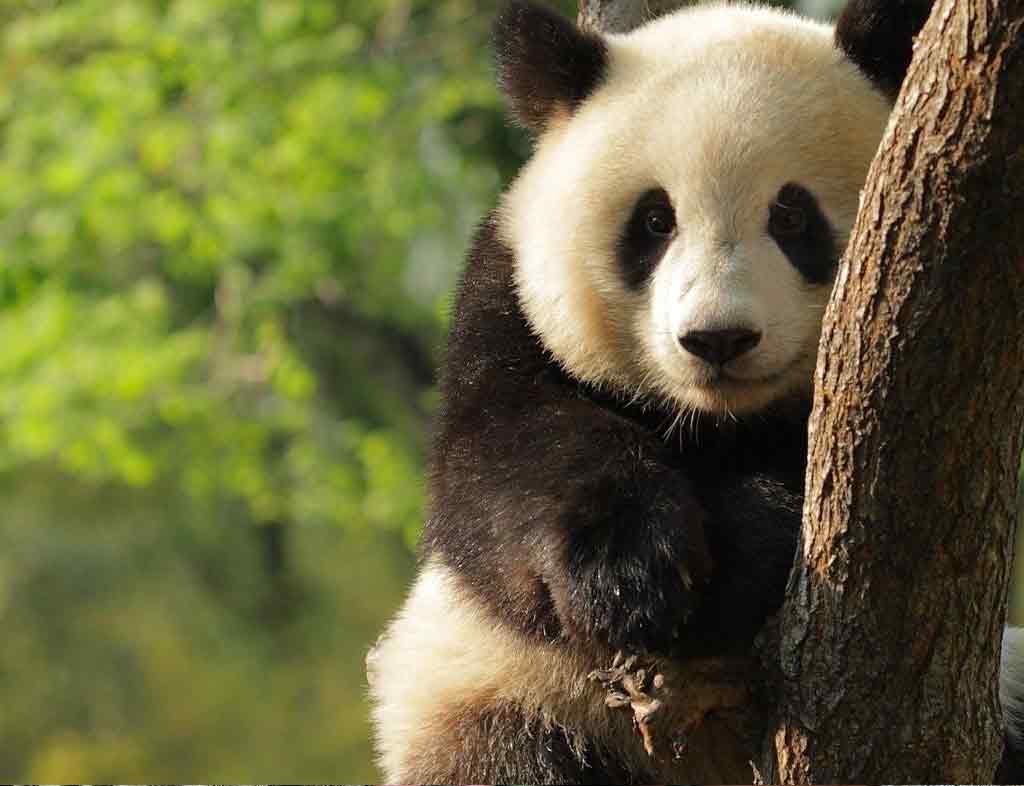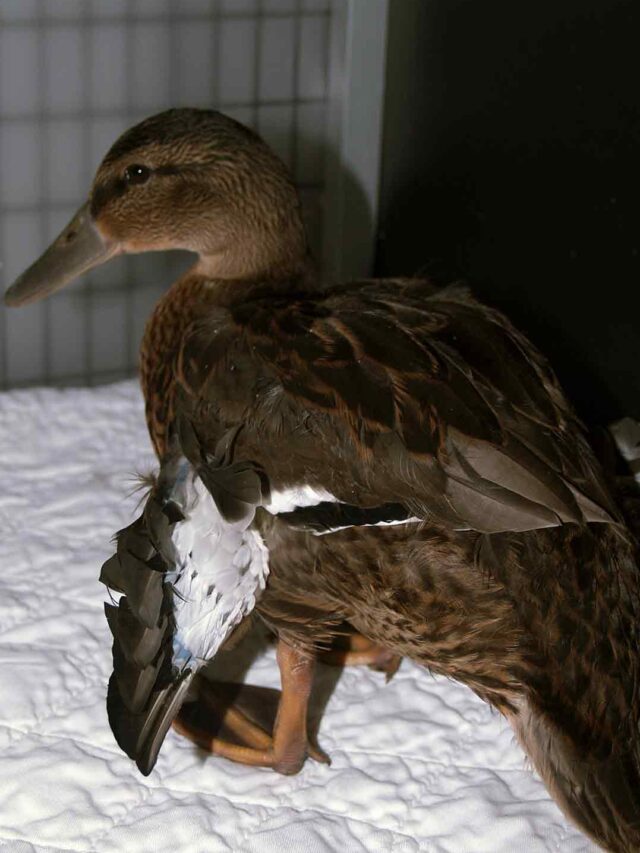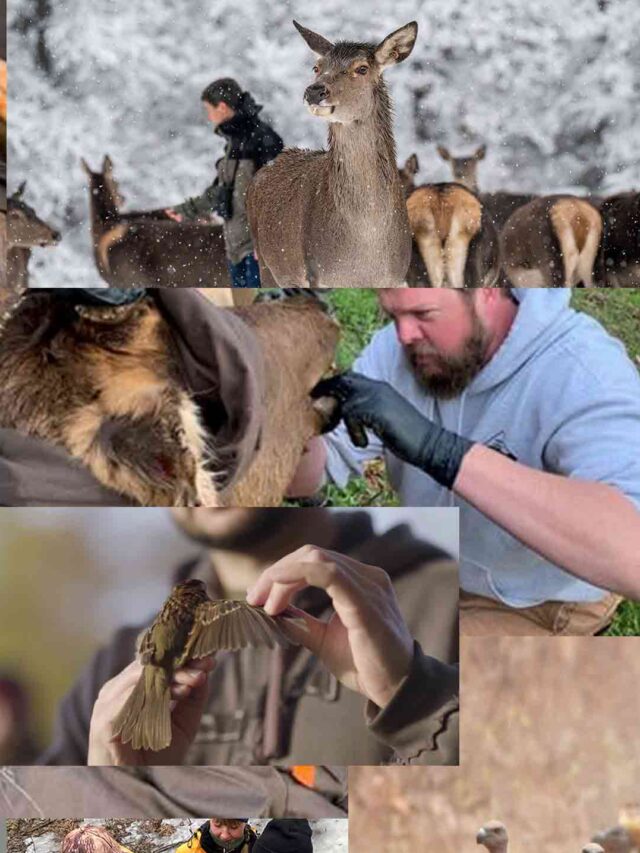
Giant Panda Conservation Efforts, with their distinctive black and white fur, are beloved around the world and serve as symbols of conservation efforts. In this article, we’ll delve into the world of giant pandas, exploring their characteristics, behaviours, the challenges they face, and the ongoing efforts to protect them.
Table of Contents
Description of Giant Panda Conservation Efforts
Giant Panda Conservation Efforts, native to China, are large, bear-like mammals characterized by their unique black and white fur pattern. They have stocky bodies, round faces with black patches around their eyes, and large, powerful jaws equipped with strong teeth for chewing bamboo.
Habitat and Distribution
Giant pandas inhabit mountainous regions of central China, where they rely on dense bamboo forests for food and shelter. Historically, they ranged across a larger area of China, but habitat loss and fragmentation have restricted their distribution to isolated pockets in Sichuan, Shaanxi, and Gansu provinces.
Physical Characteristics
In addition to their iconic fur pattern, giant pandas have several adaptations for their bamboo diet, including a specialized thumb-like structure called a “pseudo thumb” that helps them grasp bamboo stalks and strip off the tough outer layers to access the nutritious inner tissue.
Diet and Feeding Habits
Giant Panda Conservation Efforts are primarily herbivorous, with bamboo making up the majority of their diet. They consume large quantities of bamboo each day, spending up to 12 hours foraging and eating to meet their nutritional needs. Despite their carnivorous ancestry, pandas have evolved to subsist almost entirely on bamboo.
Social Structure and Behavior
Giant pandas are solitary animals, with adults typically occupying home ranges that overlap with those of other pandas. They communicate through vocalizations, scent marking, and body language, but encounters between individuals are rare outside of the breeding season.
Reproduction and Life Cycle
Female Giant Panda Conservation Efforts are only receptive to mating for a brief period each year, typically in the spring. After a gestation period of 3 to 5 months, they give birth to one or two cubs, although twins are rare. Cubs are born blind and helpless and rely entirely on their mother for care and nourishment.
Threats to Giant Pandas
Despite their iconic status, giant pandas face numerous threats to their survival, including habitat loss, human-wildlife conflict, and climate change.
Habitat Loss and Fragmentation
Habitat loss due to deforestation, agriculture, and infrastructure development is the primary threat to giant pandas. As human populations expand and encroach upon panda habitat, forests are cleared for timber, agriculture, and urbanization, fragmenting remaining panda populations and isolating them in small, vulnerable patches of habitat.
Human-Wildlife Conflict
As human activities encroach upon panda habitat, conflicts between pandas and local communities can arise. Giant pandas occasionally raid crops or livestock enclosures in search of food, leading to retaliatory killings by farmers and further exacerbating human-panda conflicts.
Conservation Efforts
Efforts to conserve giant pandas include the establishment of protected areas, captive breeding programs, and community-based conservation initiatives.
Protected Areas and Reserves
China has established a network of protected areas and reserves to conserve giant panda habitat and promote their recovery. These reserves range from large national parks to smaller nature reserves and provide essential habitats for pandas and other wildlife.
Breeding and Research Programs
Captive breeding programs play a crucial role in the conservation of giant pandas, providing a safety net against extinction and supporting efforts to reintroduce pandas into the wild. Breeding centres across China and around the world work to increase panda populations and study their behaviour, ecology, and genetics to inform conservation strategies.
Jaldapara Wildlife Jeep Safari Thrilling Adventure
Giant Panda Conservation Efforts

FAQs
1. Why are giant pandas black and white?
The black and white fur of giant pandas is thought to provide camouflage in their forest habitat and may also serve as a form of visual communication between individuals.
2. How many giant pandas are left in the wild?
The latest estimates suggest that around 1,800 giant pandas are remaining in the wild, although exact numbers are difficult to determine due to the remote and rugged nature of their habitat.
3. Do giant pandas hibernate?
Giant pandas do not hibernate like some other bear species. Instead, they remain active throughout the year, foraging for food and moving between different areas of their home range.
4. Are giant pandas endangered?
Yes, giant pandas are classified as endangered by the International Union for Conservation of Nature (IUCN) due to habitat loss, human-wildlife conflict, and other threats.
5. How can I help giant pandas?
You can help giant pandas by supporting conservation organizations, raising awareness about the threats they face, and making sustainable choices in your daily life to reduce your impact on their habitat.












